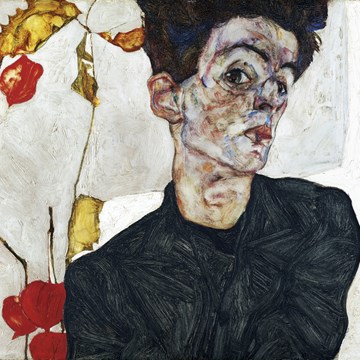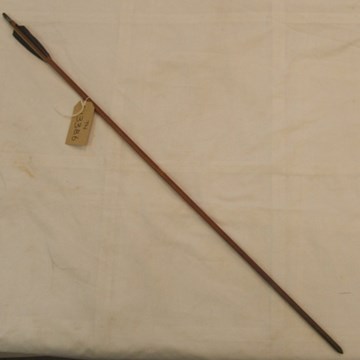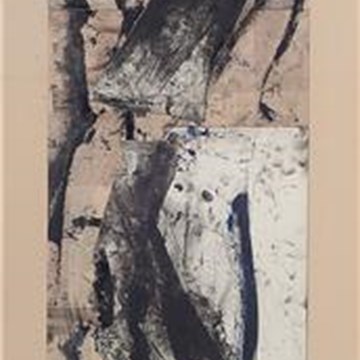Carnavalet Museum
Musée Carnavalet - Histoire de Paris
Behind this somewhat mysterious name is hidden one of the capital’s most genuinely Parisian museums. The oldest of the municipal museums tells the story of Paris from a bygone era (a prehistoric dugout canoe dating from 4600 BC) to the present day, in all its immense variety.
Although it is essentially a history museum, the musée Carnavalet is nevertheless an art gallery exhibiting mostly original works in keeping with the spirit of the genius of Paris.
With around 600,000 exhibits spread over more than one hundred rooms, the musée Carnavalet houses the largest overall number of collections in the city of Paris. There is a wide variety of exhibits: one passes from archaeological remains to views of Paris in bygone days, scale models of ancient monuments, street signs, decorative elements from buildings which have vanished, historical or anecdotal scenes, portraits of prominent Parisians, mementos of famous men or depictions of everyday life, as well as a unique collection devoted to the revolutionary period.
Aside from the permanent exhibits, the museum also houses a collection of graphic art forming a major archive of drawings, etchings, photographs and posters, as well as a remarkable coin collection, both of which can be visited by appointment.
The idea of a museum devoted to the history of Paris came about under the Second Empire, when a large part of the historic heart of Paris was being demolished.
In 1866, at the instigation of Baron Haussmann, the city council bought the hôtel Carnavalet to house the new institution. The building, which was constructed in 1548 and altered by François Mansart in the seventeenth century, was home to Madame de Sévigné from 1677 to 1696.
The museum opened in 1880. It has been extended several times and since 1989 it has also occupied the adjoining hôtel Le Peletier de Saint-Fargeau, built in 1688 by Pierre Bullet. Its orangery, one of the last two remaining in the Marais, was restored in 2000 and houses prehistoric and Gallo-Roman collections.
Exhibitions and events
We don't have anything to show you here.
Educational programs
We don't have anything to show you here.
Collections
We don't have anything to show you here.














